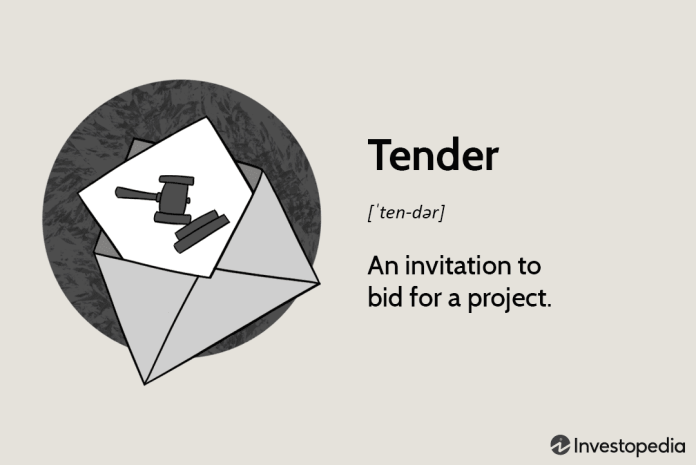Contents
Tenders and Getting in the Door
What is a tender? A tender is a formal offer to perform work in return for some form of payment. Payment may be in the form of a fixed price or via a schedule of rates. Work may include the supply of goods or services or both. To be able to win the tender, you should spend time carefully researching and understanding what the buyer wants and expects in order to have the greatest chance of success.
Purchasers and Vendors
Purchasers or buyers are the organisations who put forward and publish tenders attempting to seek a response from a businesses that can do the work. Vendors or suppliers are the people or businesses that do the work the work for the buyers. Suppliers can offer goods, services or both.
The acceptance of a bid typically results in a contract between the buyer and the supplier. This process is referred to as “tendering”.
So, what is the process? What is a tender?
Buyers seek responses from multiple suppliers in a competitive process. They evaluate and accept the response that best meets their needs and offers the best value for money. This is not necessarily the bid with the lowest price.
Tendering for work is common where the dollar value is high, or there is significant risk involved. Each tender is governed by its own rules and conditions referred to as the Conditions of Tender.
When government or councils release an opportunity, the government essentially asks for offers to work on a contract basis. Once the government accepts a bid, it is binding to both the government and the supplier. The supplier becomes the successful tenderer!
Type of tender requests
RFT, ATM, ITO, What the…? Requests come in many shapes and forms and include the following:
- Request for Tender (RFT)
- Approach to Market (ATM)
- Request for Proposals (RFP)
- Invitation to Tender (ITT)
- Invitation to Respond (ITR)
- Request for Quote (RFQ)
- Expression of Interest (EOI)
What is the Difference?
The names are different, but all requests share similar characteristics:
- They typically include a description of the buyer’s requirements or needs
- Request information about the supplier’s experience, capability and capacity to do the job.
- In most cases, a fixed price or schedule of rates is requested
- Responses are requested from more than one supplier
- The value of the goods and/or services is often substantial
- There is a firm cut off date and time for suppliers to submit
- The responses are evaluated according to pre-determined criteria
- A contract is awarded to the successful supplier
What is in a Tender Request?
The most formal type of tender request is called a Request for Tender (RFT), usually includes the following documents:
- Conditions: the rules that apply to suppliers and buyers participating in the procurement process
- Form: a form or set of schedules that you are required to complete and submit as part of your response
- Conditions of Contract: You will be required to sign these if you are selected
- Scope of Works: The works the organisation would like you to perform
Take the time to read the documents carefully and ask the buyer questions about what is being asked for.
Tender responses
When asking what is a tender, there is also confusion around bidding. A bid can vary from a single page to hundreds of pages, depending on the nature and complexity of the request. The time provided to prepare a response varies from as short as one week to a month or more.
The costs of preparing a bid can be substantial, and these costs are borne by the supplier. Before preparing a response, you need to evaluate your chances of winning. See our post on writing a great tender response for help when responding to RFTs.
Who issues tenders?
Issued frequently by Local, State and Federal government organisations, government policy dictates that a tender must be issued when it’s above a certain value. This threshold varies from state to state and ranges from $150,000 to $250,000. The private sector also issue requests for substantial procurement opportunities.
Why should I start?
Each year in Australia, more than 20,000 requests for tender are published on websites like ours, tender portals, and newspapers. It is estimated that the government market alone is worth more than $30 billion.
These are substantial business opportunities that could secure you a repeat customer, provide your business with a step up to the next level and substantially increase your overall business revenue.
Finding Opportunities
Governments alone publish opportunities on over 500 websites and in 300 newspapers across the country. To track and obtain all this information on time is close to impossible. That is where Australian Tenders comes in. We source and publish all opportunities across Australia and make them available to you on one website.
If you want to learn more about how we can help your tendering process, drop us a line via email here. Alternatively, check our our free “Introduction to Tendering” eBook. It has everything you need to know about procurement and getting started on your journey. We want you to win, and we’re here to help you.
We hope you have a better understanding of what is a tender?

Much of the above information has come from “Australian Tenders” Article.








